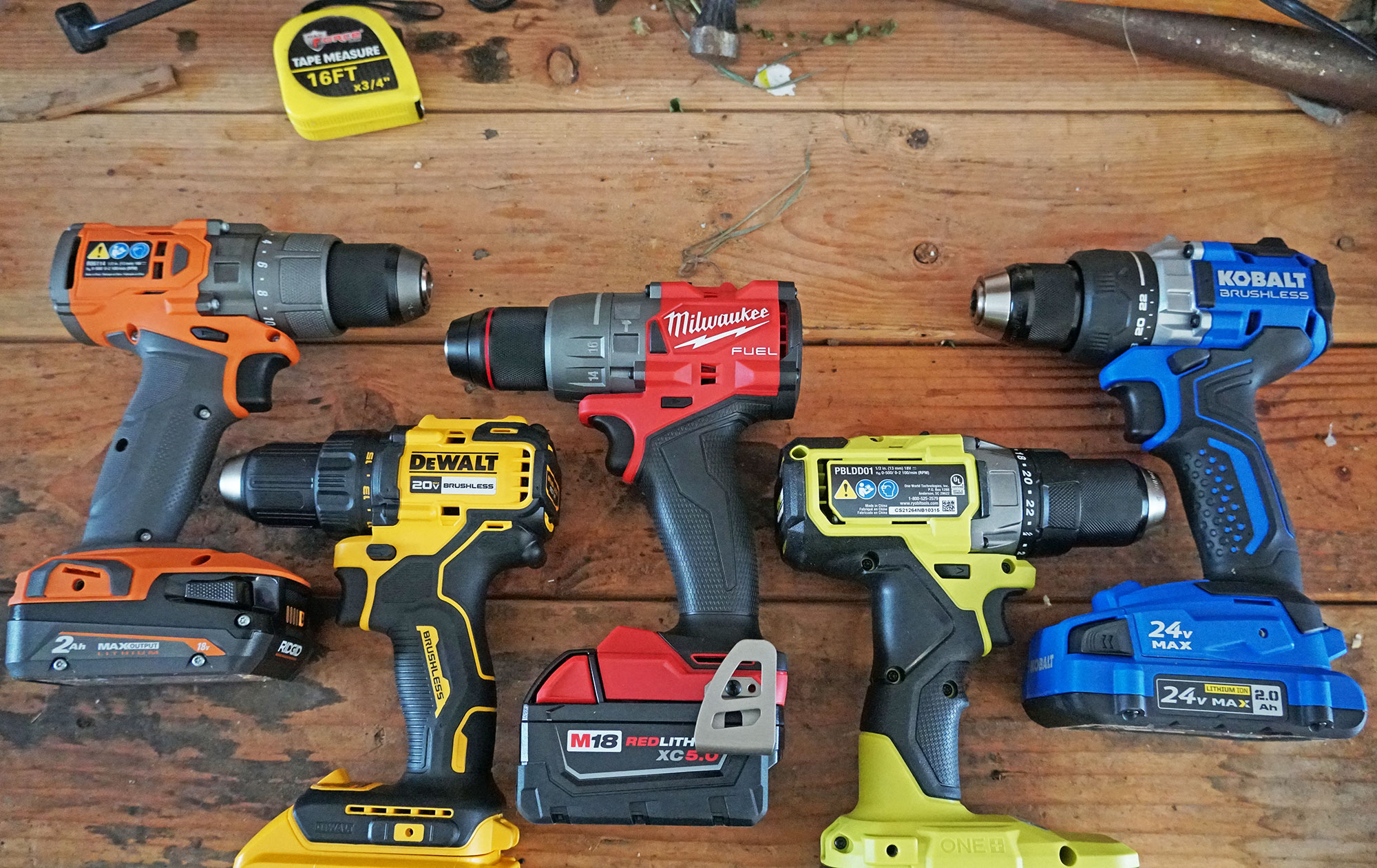We may earn revenue from the products available on this page and participate in affiliate programs. Learn more ›
I just wrapped up my best turkey season in years. I hunted about 30 days, starting in Texas in late March, bouncing back and forth between Kentucky and Tennessee all of April, and finishing up in Nebraska in early May. As is the case every turkey season, this one had its moments of jubilation and disappointment, with plenty of lessons learned and takeaways along the way. These are the ones that stood out.
Turkey Numbers Seems to Be Rebounding In Some States

There’s been very little good news on the turkey population front over the past six or seven years. But turkey numbers in most of the areas I hunted seemed to be excellent this year, with abundant jakes, lots of hens, and plenty of vocal gobblers. Many states have reported better poult production in recent summers, and some places seem to be reaping the benefits of that now (no pun intended; I didn’t do any reaping this year).
Harvest statistics in several states seem to bear this out, too. There was an upward trend in the turkey harvest for the third year in a row in Arkansas. Missouri hunters had their best season in years, taking 47,121 birds. Kentucky hunters took 33,460 birds, the third-highest take on record.
At a glance, it might seem that the dramatic hunting regulation changes made in several Southeastern states have made a difference. But turkeys are mysterious critters. Tennessee made some of the most aggressive changes of any state to its season structure, cutting bag limits in half, delaying the season start date by two weeks, and outlawing fanning on public land. Tennessee hunters have actually taken more turkeys the past two seasons, since those changes were implemented, than they did the previous two years, too. Yet, an exhaustive 3-year study conducted by researchers at the University of Tennessee just concluded that those changes have had little if any effect on poult production in the Volunteer State. Other states in the Southeast that made few if any changes had great hatches in recent summers, too, and they also seem to be reflected in harvest data.

At the end of the day, many biologists still believe, as I do, that predation is the chief cause of the turkey decline. That’s due in part to large numbers of predators on the landscape, of course, but just as much due to lack of quality nesting and brooding habitat. Poor habitat makes nests, nesting hens, and poults all extremely vulnerable to predation.
Yet, a bright spot is that private land managers can make a difference in local turkey numbers on surprisingly small acreages, and many are getting better at it. Multiple landowners working cooperatively on larger acreages can really turn things around. For example, we intensively manage the habitat on our farm—which is less than 80 acres—with a combination of good food plots, frequent prescribed fire, and aggressive predator trapping. We trap on our neighbors’ farms, too, who conduct similar habitat management efforts. The result is a pretty large block of country that’s managed with turkeys in mind as much as whitetails. We’ve owned our farm for more than a decade, and I can unequivocally say there are more turkeys out there now than we’ve ever had.
Why Are We Still Shooting Bearded Hens?
Two of the turkeys we see frequently on our place are bearded hens. They’re each unmistakable and have shown up on our trail cameras in early March the past two years and stuck around well into the summer. We often see them while hunting, and they’d be perfectly legal to shoot. But they shouldn’t be.
The rationale for bearded hens being fair game is the assumption that most hunters identify gobblers by seeing the beard. That assumption is dated and needs to go. Within shotgun range, nobody should have a problem distinguishing a male bird from a female in the spring. Waterfowlers, after all, are asked to distinguish between species and sexes of ducks on the wing, regardless of lighting or weather.
It’s assumed that hunters don’t kill enough bearded hens to make a difference in the turkey population. But these days, why even have the debate? This season, 233 bearded hens were shot in Kentucky, 505 in Missouri, and 160 in Tennessee. If just 20 percent of those 898 dead hens was successful in raising three poults each, they’d have put 538 new turkeys on the landscape this spring alone. Hens face a 50 percent natural mortality rate. Shooting them during the nesting season shouldn’t be one of them.
All’s Not Lost When a Gobbler Spooks

This spring I hunted a WMA with a lot of turkeys, but also a lot of gravel-road traffic. Several times, I was on birds that were strutting and gobbling within plain sight of a road and each time, inevitably, a truck would come creeping along and cause the birds to drop strut and vamoose.
The first time it happened, I got annoyed, packed up and left. The second time, I decided to eat a can of Vienna sausages (the finest turkey hunting snack there is) and hang out for a while. A full 38 minutes later, the gobbler I’d been on sounded off up in the timber, 100 yards from where he’d been standing next to the road. I didn’t kill him, but I did get to chase him for another hour, which beat sulking in the truck.
A few days later, a buddy and I were hunting the same WMA and had spotted a strutter and hens working down the edge of a roadside field. We snuck down a creek bed to get ahead of them, and soon found ourselves 70 yards away, with them feeding right toward us. But before we could set up, the turkeys suddenly got slinky, then they sprinted across the field in different directions and took flight. A truck came crawling by a minute later.
We could’ve left, because it was almost lunchtime. Instead, we positioned ourselves in an ideal setup and, you guessed it, cracked a couple cans of fine potted meat. After just 20 minutes, the gobbler sounded off. He was perched in a tree on the edge of the road. We yelped, he pitched into the field, and 10 minutes later I was clicking my safety off as he closed to within shotgun range. A surprise mob of jakes suddenly raced in, though, flogged him, and derailed the entire situation before I could shoot, but what a hunt that ended up being—and one we almost bailed on because we assumed it was ruined.
An Old-School Call Switch Still Works

I set my course for Nebraska in early May, where I joined my buddy Joe Arterburn at his annual wall-tent turkey camp, sponsored by the NWTF. We were testing a lot of new gear there, including Benelli SBE3 shotguns and Remington Premier TSS shells. We also tested some Pendleton whiskey in the evenings, which aided in the story telling if not the turkey hunting.
Anyway, on the third morning of the hunt, I found myself working into position on a pair of strutters that were tagging along behind a half-dozen aloof hens. I watched as the hens fed off into the sandhills, while the gobblers planted themselves on the edge of an alfalfa field, 80 yards from a grove of cottonwoods. Putting the trees between myself and the birds, I crawled into a good calling position. It was a perfect scenario; I could see the turkeys through the trees, but for them to see the “hen” they could hear calling, they’d need to get within shotgun range.
I began with some soft yelps on a double-reed mouth call, to which the birds gobbled immediately. I played hard to get for a while, but it didn’t work. Instead of succumbing to curiosity, the gobblers began to drift into the sandhills. So, I got more aggressive on a shipwreck cut, and though the birds didn’t gobble back, they did strut and come closer…before drifting away again. I thought about letting them go and repositioning, but before I did, I fished out my box call and made a few louder yelps. Both toms cut me off with gobbles, and then marched my way without much hesitation. I shot one of them at 30 yards and ended my season. I tend to lean heavily on a mouth call, maybe too much at times. The time-tested advice of trying a few different lures until the fish bite still works.

There’s Always a Late-Season Gobbling Flurry
At the outset of turkey season, I pulled together The Gobbling Report, or which I studied the data from nearly 300 harvested turkeys from 17 states. Many of the results confirmed assumptions that I already had, including that, after a lull in the mid-season, the hunting gets good again in the late season. Over the past few years, I’ve enjoyed some of my best hunts around home during the last week of the season.
But as good as the early and even mid-season were around here this year, the late season was slow. When I got back from Nebraska, I was more than happy to hang it up for the year. Then, for two straight weeks after the Kentucky season closed, I had daily pictures of strutters on my trail cameras, and on the morning of May 19, I woke to the sound of a gobbler hammering on the ridge behind the house.
I think he’d have been easy pickings, if the season were open and I still had a tag. One takeaway is that the late-season gobbling peak might’ve been just a little later this year. An even better one is knowing there are still a few gobblers running around to chase next year.
2024 Gobbler Gear Picks
I tried a bunch of new gear items this spring. Here are three of my favorites.
LaCrosse Ursa ES GTX
I wore these 8-inch boots every single day of the season, and they were among the most comfortable boots I’ve ever had on my feet. I liked last year’s Ursa MS as well, but the ES GTX were lighter, more flexible, and better suited for all-day turkey hunting. About $250.
QuietKat Apex XD

Yes, hippies love e-bikes, but they’re nice for turkey hunting, too. On my last morning in Nebraska, I needed to make a ¾-mile loop around a roosted flock before daybreak to get to the side of the alfalfa field where I knew they would go after flying down. With this Quiet Kat Apex XD, I was able to do that in about 5 minutes, and probably with less noise than I’d have made on foot. The plan worked, too. About $5,000.

Alps Grand Slam Vest

Most of the time I go without a turkey vest, but I did try out the Alps Grand Slam vest during my Nebraska trip. In places like Nebraska and Texas, where there’s rarely a good tree to lean against, the kickstand frame in this vest makes it easy to get comfortable, quickly, just about anywhere. Plus, the frame is easy to remove for a lighter run-and-gun setup. If I were going to wear a vest all the time, this would be the one. About $190.
Read Next: All the Best Turkey Gear According to a Lifelong Hunter
Read the full article here




